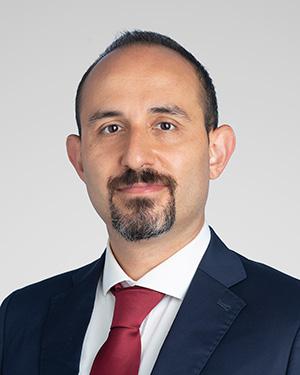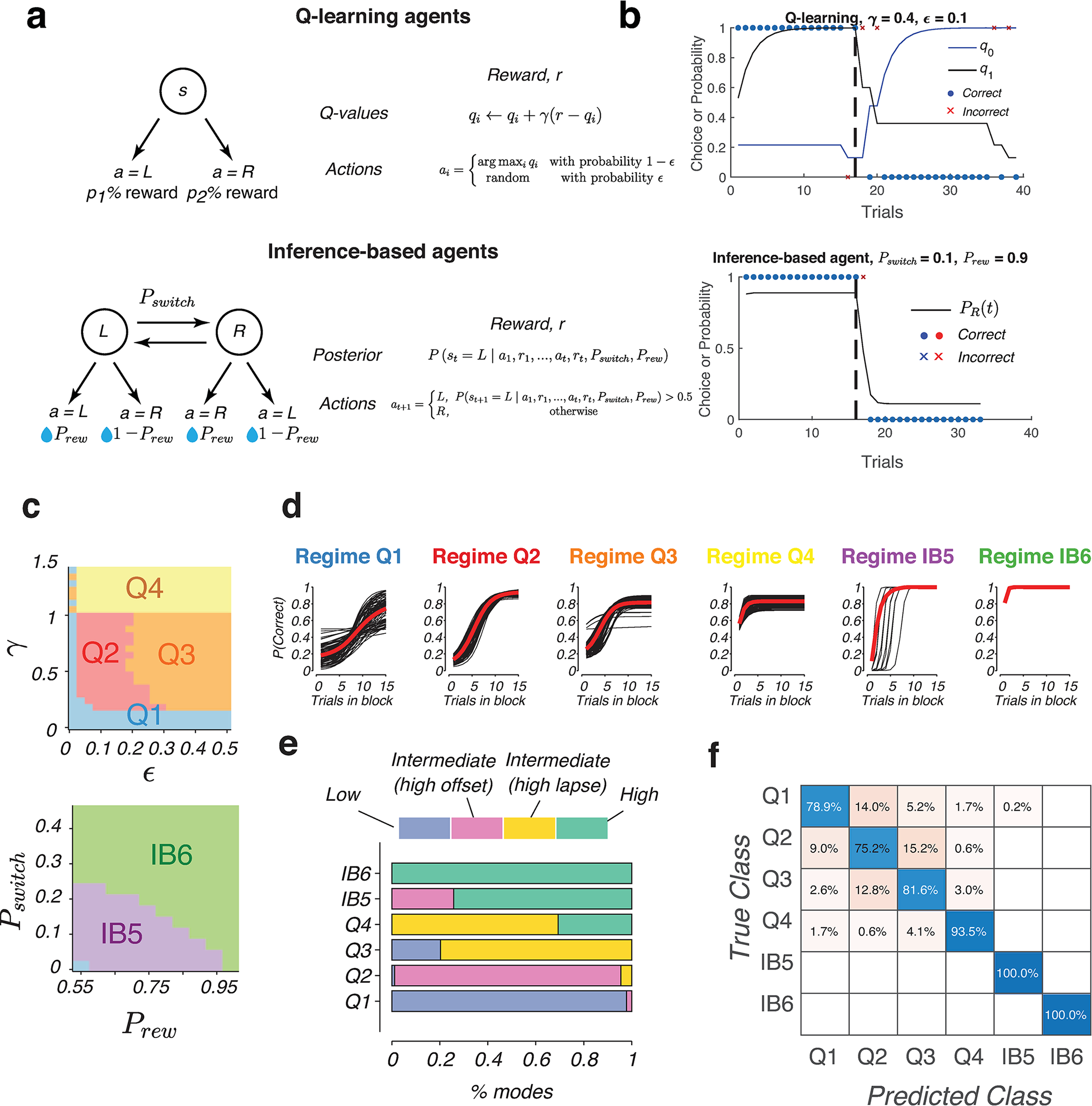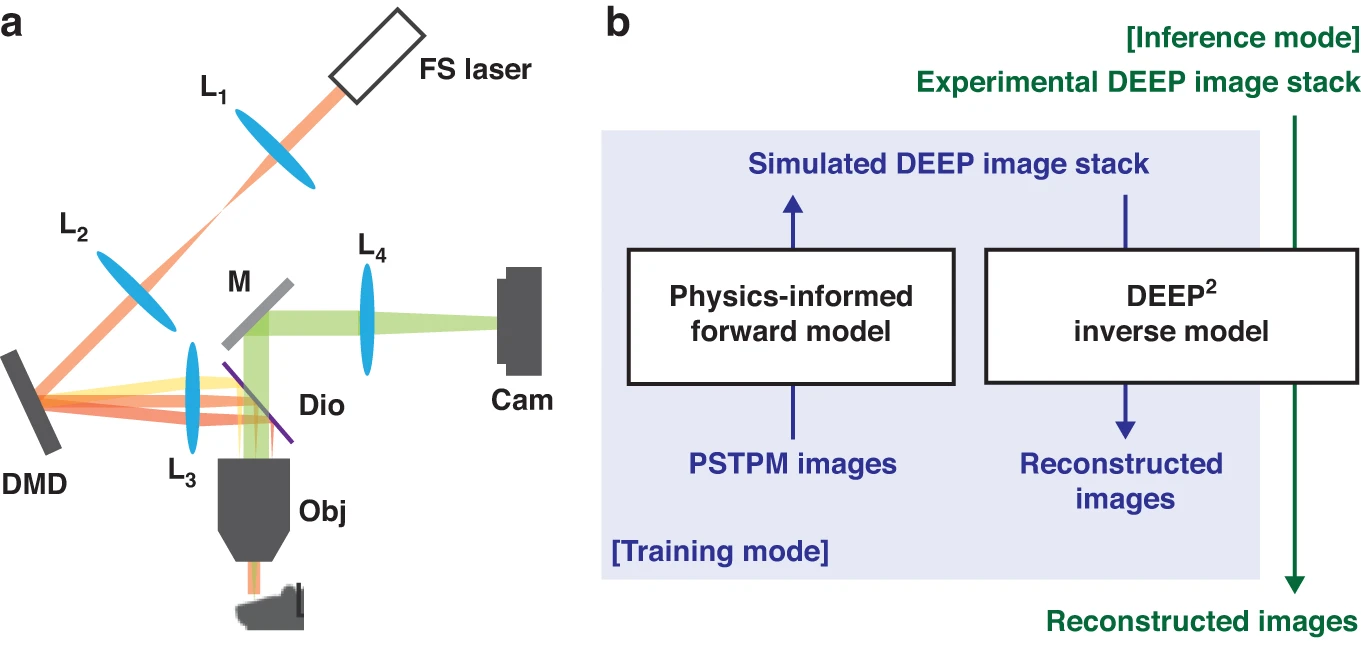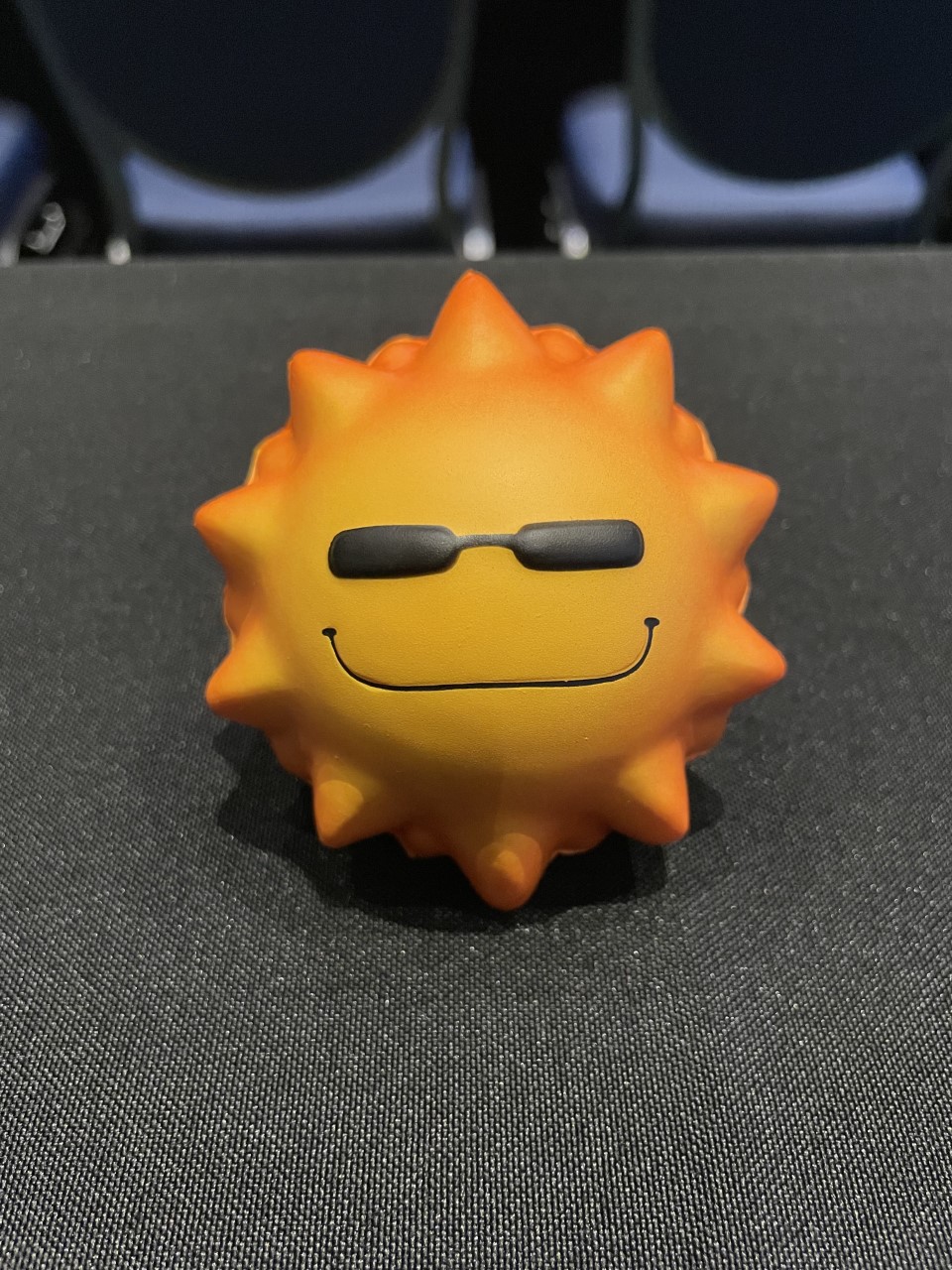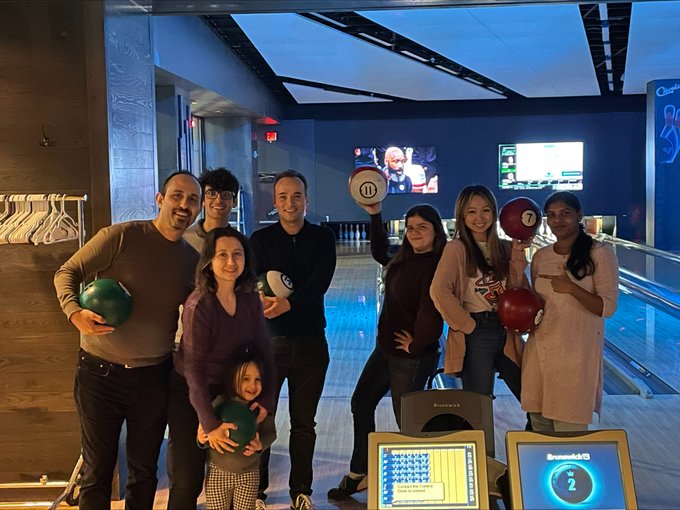01/27/23
Our abstract is accepted at Optical Biophotonics Conference
We are so excited to present our work as an oral presentation at Optica Biophotonics Conference: Optics in the Life Sciences which will be held in Vancouver.

01/22/23
Our abstract is accepted at COSYNE 23
Our abstract is accepted as a poster presentation at COSYNE 23. We are delighted to join this prestigious conference.

10/30/22
Nicole presented our first research poster
Nicole did an outstanding job presenting her (and our lab's) first poster presentation at Kent State University's 10th Annual Neuroscience Symposium. Nicole, congratulations!

10/30/22
Dr. Yildirim gave an invited talk at the Mayo Clinic Science of Medicine Ground Rounds
Dr. Yildirim gave an invited talk entitled as " Of mice and men: Spatiotemporally-targeted high resolution brain imaging and optogenetics in health and disease" in the Mayo Clinic Science of Medicine Ground Rounds.

10/22/22
New paper is posted on arxiv. org
We posted a new paper focusing on combining deep learning and compressive sensing in multiphoton microscopy. Limited throughput is a key challenge in in-vivo deep-tissue imaging using nonlinear optical microscopy. Point scanning multiphoton microscopy, the current gold standard, is slow especially compared to the wide-field imaging modalities used for optically cleared or thin specimens. We recently introduced 'De-scattering with Excitation Patterning or DEEP', as a widefield alternative to point-scanning geometries. Using patterned multiphoton excitation, DEEP encodes spatial information inside tissue before scattering. However, to de-scatter at typical depths, hundreds of such patterned excitations are needed. In this work, we present DEEP2, a deep learning based model, that can de-scatter images from just tens of patterned excitations instead of hundreds. Consequently, we improve DEEP's throughput by almost an order of magnitude. We demonstrate our method in multiple numerical and physical experiments including in-vivo cortical vasculature imaging up to four scattering lengths deep, in preclinical models.

10/21/22
Welcome Nicole
We are delighted to welcome Nicole, our lab technician. She'll be presenting a poster at the Kent State University Brain Symposium this week. What a fantastic start.

09/23/22
Dr. Yildirim was invited to talk at "Becoming a Faculty 101" Panel Discussion
Dr. Yildirim was invited to share his experience on moving from his dependent to independent career at "Becoming a Faculty 101" Panel Discussion organized by Inet NYC. Inet NYC is a international scholar community providing support and professional guidance for all international graduate students and research fellows in STEM fields, that are or will be affiliated to any institution in the NYC area, to expand their skill set and career development opportunities.

9/12/22
Our lab opens its doors today
We are so excited to open our doors officially today. We are so excited to welcome our new lab members and grow together while solving basic and translational neuroscience problems by examining brain complexity via the lenses of engineering, optics, photonics, behavioral, and computational neuroscience. Watch our growth all together.
09/02/22
New paper is published in Journal of Biomedical Optics
We are so glad to publish this paper in collaboration with researchers at UT Austin. In this paper, we showed proof-of-concept application of creating subepithelial voids, injecting and localizing biomaterial for the treatment of vocal fold scarring.

08/17/22
R00 Career Transition grant is approved by NIH
We are so happy to announce that Dr. Yildirim's R00 Career Transition grant is approved by NIH. Congratulations to Dr. Yildirim and the whole team.

08/10/22
New paper is highlighted in several outlets
Our seminal work on label-free three-photon imaging of intact cerebral organoids is highlighted at MIT, Brain Initiative, Medxpress and many other outlets.
MIT Picower Institute Highlight

07/29/22
New paper is published online at Elife journal.
Our seminal paper demonstrating label-free three-photon imaging of intact cerebral organoids derived from Rett syndrome patients for the first time is just published online at Elife.
Here is the paper link: Label-free three-photon imaging of intact human cerebral organoids for tracking early events in brain development and deficits in Rett syndrome | eLife (elifesciences.org)
Here is the video prepared by Picower Institute for Learning and Memory:
07/16/22
New paper is accepted in Elife
The first paper demonstrates the use of label-free three-photon imaging of intact cerebral organoids is accepted in Elife. In this paper, we demonstrate label-free three-photon imaging of whole, uncleared intact organoids (∼2 mm depth) to assess early events of early human brain development. Optimizing a custom-made three-photon microscope to image intact cerebral organoids generated from Rett Syndrome patients, we show defects in the ventricular zone volumetric structure of mutant organoids compared to isogenic control organoids. Long-term imaging live organoids reveals that shorter migration distances and slower migration speeds of mutant radially migrating neurons are associated with more tortuous trajectories. Our label-free imaging system constitutes a particularly useful platform for tracking normal and abnormal development in individual organoids, as well as for screening therapeutic molecules via intact organoid imaging.

06/23/22
Dr. Yildirim gave an invited talk at Brain Research Society of Turkey
On June 21, Dr. Yildirim gave an invited talk entitled "Of mice and men: Spatiotemporally targeted high-resolution imaging and optogenetics in health and disease" in the Young Investigator Seminar Series of Brain Research Society of Turkey.

04/27/22
Check out our open positions
We are looking for motivated technicians, graduate students, and postdoctoral scholars for joining our multidisciplinary lab. Please check our open positions, lab policy and diversity pages.

04/26/22
Our lab will be open on 09/01/22

